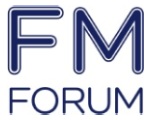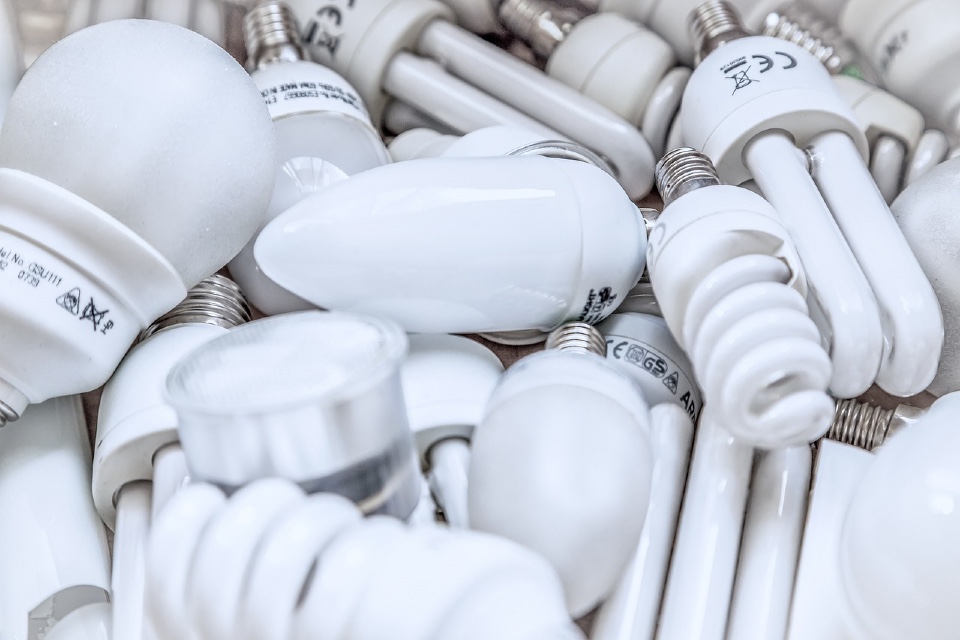Kelly Potter, Marketing Associate, Transcendent Corporation
Water is perhaps one of the most precious natural resources. With rapid urbanization, the resource is becoming scarce quickly.
For organisations and systems that operate in the water industry, there has been the dependency on Supervisory Control and Data Acquisition (SCADA) systems to monitor some parts of the water distributions systems, yet the practical limitation of its installation points has restricted its use.
As stated in IoT and Hospitality, “The number of connected devices will grow by two billion objects in 2006 to a projected 200 billion by 2020.” With the growing number of connected devices, the water industry is taking advantage of IoT sensors to monitor water levels, chemical leaks, and even regulate water flows.
IoT in water treatment uses the concept of smart sensors installed at various points in the water system. These sensors collect data and send it back to the monitoring systems. This data could include, water quality, temperature changes, pressure changes, water leak detection, and chemical leakage detection.
In the simplest form, IoT in water treatment lies a reliable communication technology that is used to send data from physical objects over a wireless channel to a computer with smart analyzing software. Smartphones and tablets can have apps that connect to the cloud or be integrated with an EAM CMMS system to access the IoT sensor data in real-time. This technology can help technicians, engineers, and other facility management staff to get insights wherever they are or places engineers typically can’t reach.
An IoT enabled smart water sensor can track quality, pressure, and temperature of water. In fact, a sensor solution can measure liquid flow and can be used by a water utility company to track the flow across the whole treatment plant. This can also be a handy tool to incorporate with an EAM CMMS so you can track all the data for the plant in one easy solution. Engineers can then access this data, interpret the data, and make suggestions and send to the facility manager.
IoT can also play a role in leak detection and send an immediate alert to a remote dashboard. These notifications are immediate where as if an engineer had to check the levels by hand or on foot it could take hours for a problem to be detected. Now, it allows the engineer to address the issue faster, find a solution, and move on to the next task.
Lastly, another huge benefit to IoT in wastewater management is the detection of residual chemicals after treatment. This can be used to calculate the efficacy of the selected treatment process and ensure the release of chemicals stays within permissible limits.
This type of sensor can also help detect and reduce the spreading of legionella throughout a facility. Legionella is spread through mist, such as from air-conditioning units of buildings and can be very dangerous for employees. IoT has many benefits and can increase the productivity of staff, keep them out of harm’s way, and reduce unnecessary costs for facility management.
How an EAM/CMMS Can Help the Waste Water Industry
An EAM organizes the physical and fiscal information of enterprise assets on one platform, follows the work flows associated with managing assets, supports the business processes of managing the receiving, assigning, deploying, and retiring assets. From an operational perspective, it tracks the physical whereabouts of the assets, who have custody of them at any point of time, and the physical condition of the assets.
The CMMS tracks the maintenance activities and costs for the equipment that require maintenance. mEAM tracks the entire enterprise asset portfolio, including IT and physical assets, equipment and buildings, fixed assets and consumables, while CMMS tracks a subset of that.
EAM will track the life cycle of your water system allowing staff to prepare for maintenance in the future to protect not only your assets but your consumers.
An EAM combined with the benefits of IoT software can increase productivity among staff, decrease risk of injury for staff, and reduce unnecessary costs that are being spent in a reactive manner rather than a preventive or proactive approach.
Kelly Potter is a Marketing Associate for Transcendent Corporation. She has lived in Tampa for four years and graduated from the University of Central Florida with a B.A. in Communications and a Minor in English-Writing. Kelly has written hundreds of blogs focusing around EAM CMMS technology and the use of these solutions within facilities around the world.






